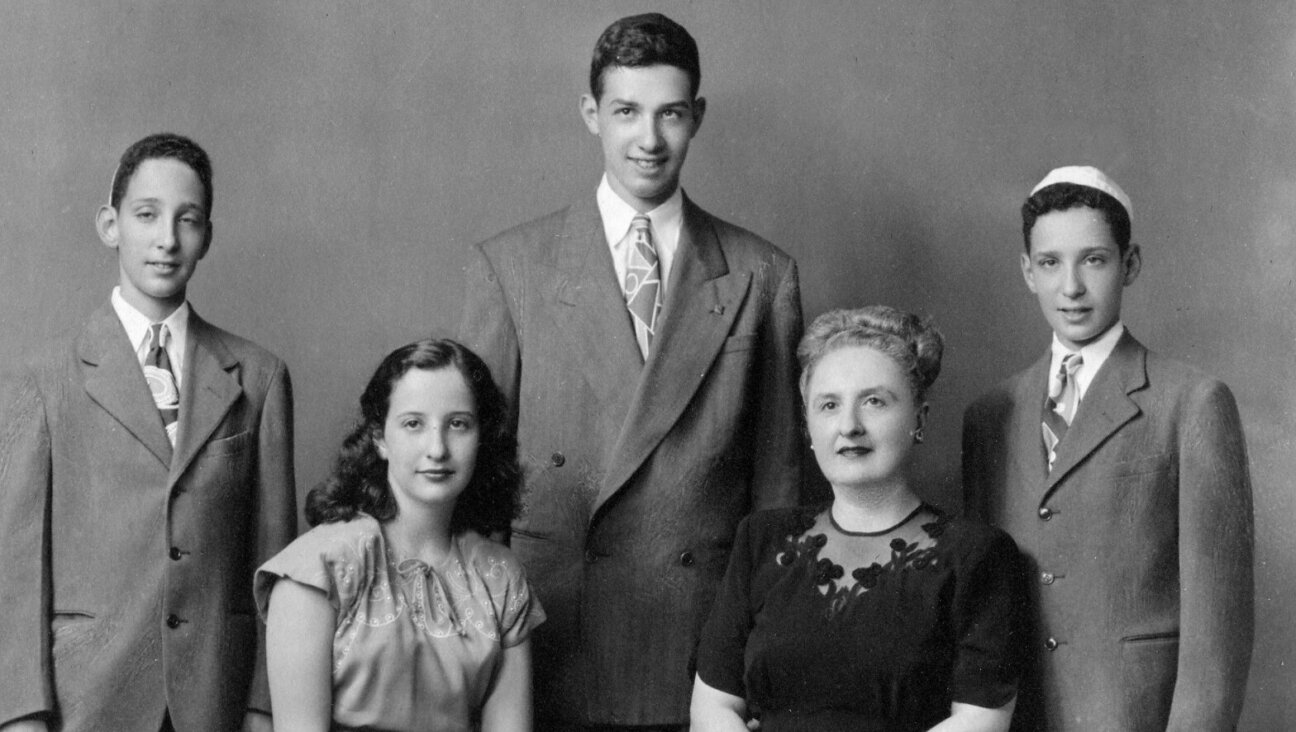The Most Complicated (and Expensive) Kind of Assisted Reproduction

Best new word of 2011 (okay, so it’s early yet): “twiblings,” a term coined by writer Melanie Thernstrom to describe her two children, a boy and a girl, who were created using Thernstrom’s husband’s sperm and eggs from one donor. The resulting embryos were implanted on the same day into two different gestational surrogates, and the babies that resulted were born five days apart.
In her New York Times magazine cover story this week, festooned with the provocative headline “Meet the Twiblings” — not quite twins, but more than genetic siblings — Thernstrom details the painful experience of dealing with infertility and coming to realize that this would be the way that offered her the best chance to become a mother of two children who were about the same age.
It is the second cover story about gestational surrogacy that The Times has put on its magazine cover in little more than two years, which begs the question: Why so much focus on this relatively uncommon way to become a parent?
Perhaps because it continues to be fascinating as a matter of science, law, culture and ethics. Thernstrom, author of last year’s well-received memoir-non-fiction hybrid “The Pain Chronicles: Cures, Myths, Mysteries, Prayers, Diaries, Brainscans, Healing and the Science of Suffering” does a good job of exploring what it was like to navigate such a complicated arrangement. She manages to be witty while referencing the class and cultural sensitivities that hiring three other women to produce and bear your children can evoke.
The first of the two Times magazine cover stories was by Times reporter Alex Kuczynski. That piece, in November 2008, was studded with references that made her (and her editors as well) seem insensitive to the class implications of some of it. They included Kuczynski’s breezy reference to a vacation home in Idaho, “where we like to spend as much time as possible in the winter” and a photo of the (white) author holding her infant son while a black nurse, dressed in a white uniform, waited at attention nearby. The trio stood in front of Kuczynski’s Southampton summer home, which before reading the caption, appeared to be a Southern mansion with white steps leading up to a columned porch.
Within days of its publication, Gawker skewered “the Times’ official rich-person-in-residence” and her “long, torturous story in the Sunday magazine.”
Happily for the mothers involved, each ended up with the children for which they had so fervently hoped. And we devoted New York Times readers now got to read a second story about one of the most emotionally fraught — not to mention religiously complicated — forms of assisted reproduction. It is also a story that is more – more meaningful, more loving and more joyful – than the sum of its expensive, complicated parts.
A message from our Publisher & CEO Rachel Fishman Feddersen

I hope you appreciated this article. Before you go, I’d like to ask you to please support the Forward’s award-winning, nonprofit journalism during this critical time.
We’ve set a goal to raise $260,000 by December 31. That’s an ambitious goal, but one that will give us the resources we need to invest in the high quality news, opinion, analysis and cultural coverage that isn’t available anywhere else.
If you feel inspired to make an impact, now is the time to give something back. Join us as a member at your most generous level.
— Rachel Fishman Feddersen, Publisher and CEO

























